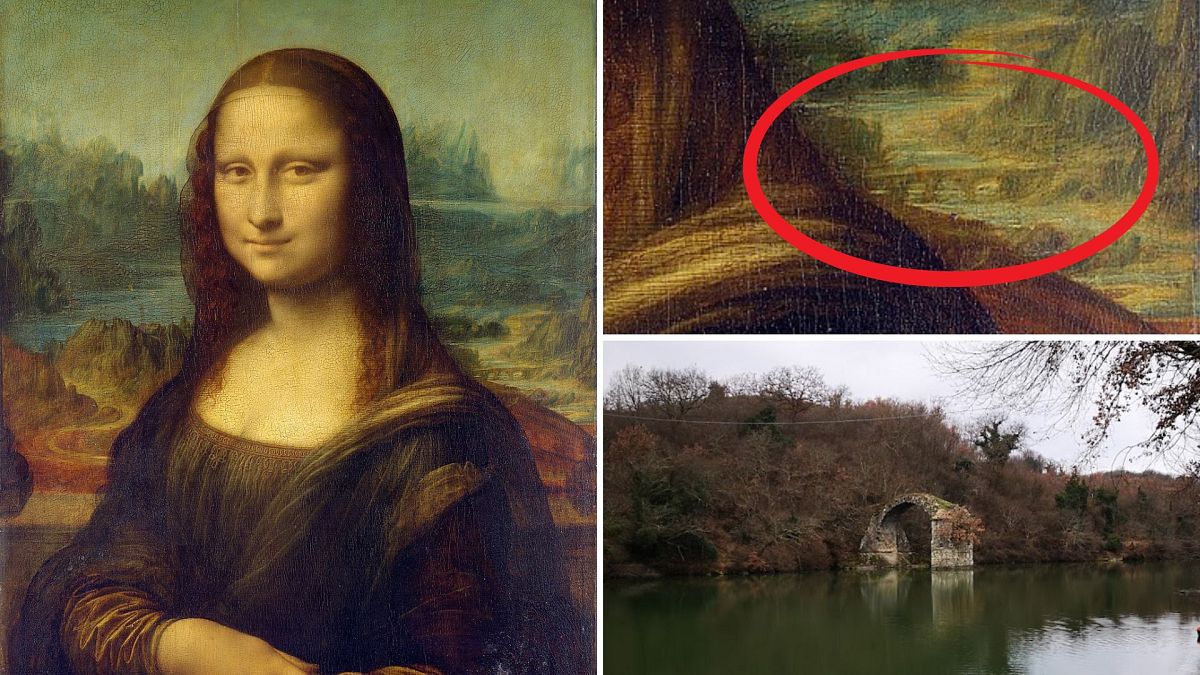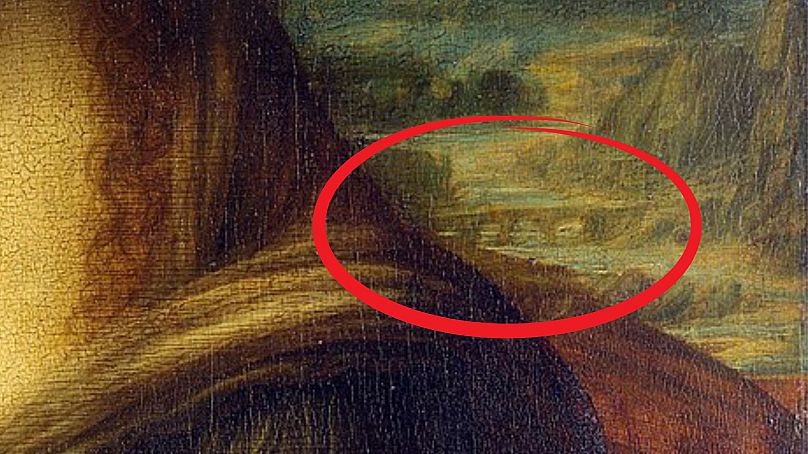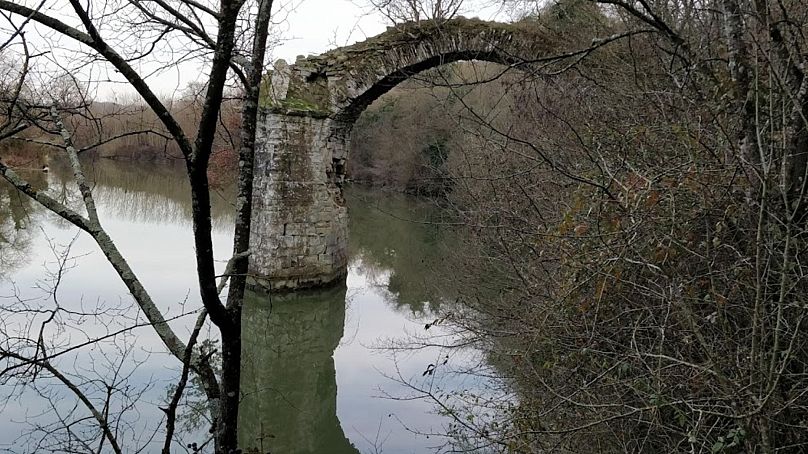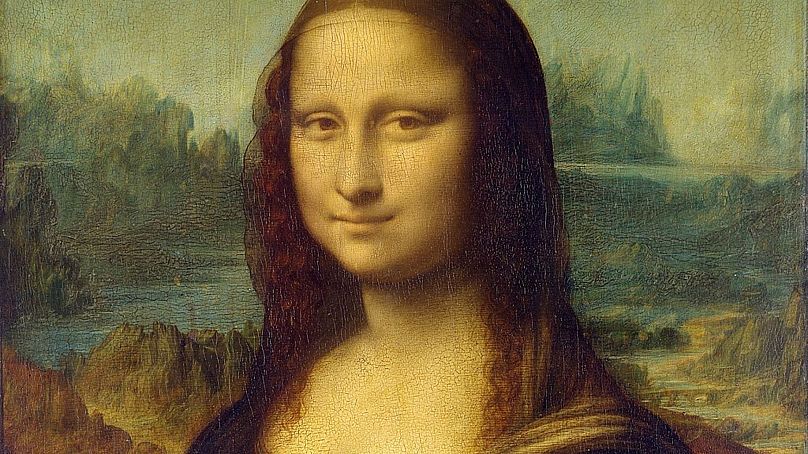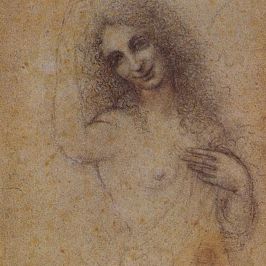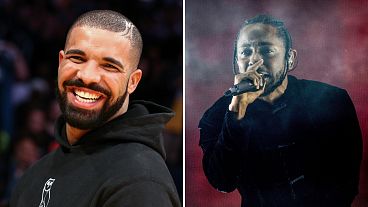An Italian historian has claimed to have identified the bridge depicted in the background of Leonardo da Vinci's enigmatic Mona Lisa painting.
A small town in Tuscany is buzzing with excitement as it is claimed that the bridge depicted in one of the world's most famous painting, Mona Lisa, belongs to their town.
The Romito di Laterina bridge in the province of Arezzo is believed to be the bridge painted by Leonardo da Vinci in the backdrop of his 1503 masterpiece.
This revelation, made by Italian historian Silvano Vinceti, has ended a mystery that has fuelled countless disputes over the years.
Historical documents and drone images were used by Vinceti to make comparisons between the painting and photographs of the area to identify the Romito as the bridge in the painting.
The most telling detail was the number of arches, as the bridge in the painting had four arches, as did the Romito. However, only one arch of the Romito remains today.
Vinceti also found documents that attest to Leonardo residing in Fiesole at the time, with an uncle who was a priest.
The bridge provided a shortcut that reduced the journey between Arezzo, Fiesole, and Florence by several hours, making it a bustling area during that time.
Vinceti has made several other claims about the Mona Lisa, including that Leonardo used a male and female model in the portrait.
He also identified the spot from where Leonardo painted the bridge as a hill called Punta Caianello and claimed to have identified the sheer-sided cliffs that appear on the left-hand side of the painting.
The Romito bridge, which stretches across the Arno River, now has only one arch remaining, as do the foundations of the bridge on the opposite side of the riverbank. Plans are in place to develop a cycle path along part of the Arno that passes by the remaining arch, and there is a need to protect what’s left of the bridge, which will require funding.
What secrets remain about the Mona Lisa?
One of the biggest mysteries still surrounding the Mona Lisa is the identity of the woman depicted in the painting.
While most experts believe that the subject is Lisa Gherardini, the wife of a Florentine merchant, there is still some debate about whether this is the case.
Some theories suggest that the painting is actually a self-portrait of Leonardo in drag. While others say it's a depiction of Leonardo's longtime apprentice and suspected lover, Gian Giacomo Caprotti, also known by the nickname Salai.
This theory is backed by Vinceti who reported that he had used infrared technology to find earlier draft layers hidden underneath the Mona Lisa. He then compared the underlayers to several other paintings that Salai is widely believed to have posed for, including Saint John the Baptist and the Angelo Incarnato.
According to Vinceti, the features of the Mona Lisa that most resemble Salai are the nose, forehead, and smile.
Another enduring mystery and one of the most debated aspects of the Mona Lisa is the enigmatic smile of the subject.
For centuries, scholars and art enthusiasts have tried to decipher whether it's a smile, a smirk, or simply a neutral expression?
Scientists at Harvard University have suggested that the answer lies in the way our eyes perceive the painting. They found in a 2000 study that when a viewer looks at the Mona Lisa's eyes, her mouth falls into peripheral vision, which sees in black and white and enhances the shadows at the corners of her mouth.
This creates an optical illusion that makes her smile seem broader than it actually is. But the smile fades away when the viewer looks directly at it, leaving the observer to ponder the elusive expression of this enigmatic figure.
